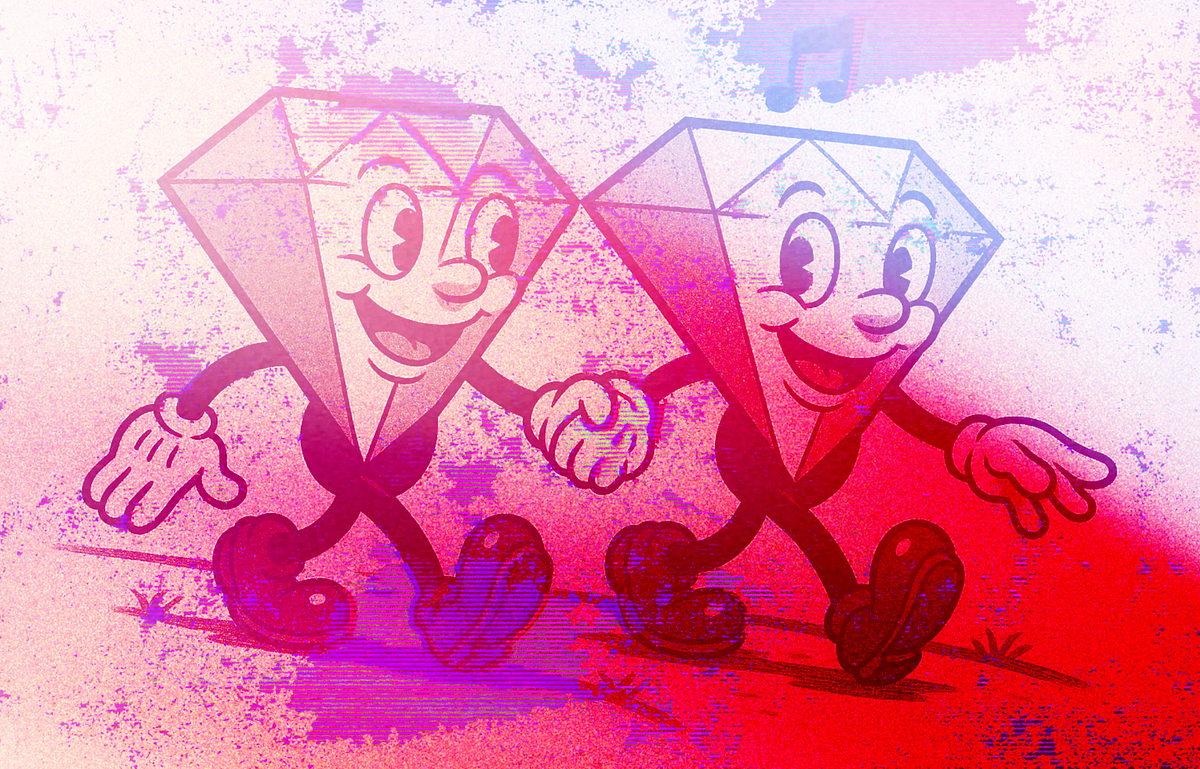
"Through all the changes I've seen in design throughout my career, there has been one constant: Everyone always wants you to go faster. To (maybe) quote Benjamin Franklin, "time is money". A lot of designers are happy to trot out the old " Good/Fast/Cheap: Choose 2 " diagram, bitterly complaining that no one ultimately picks "good" among the options. But failing to keep up is an existential threat."
"I made this diagram quickly and cheaply. As a result, it kind of sucks. As someone who reacts viscerally to bad design, I tend to lean a tad towards stubborn when it comes to quality. This means I spend altogether too much time thinking about ways to do design, at quality, quickly. It's part of the reason I like design systems so much."
Design work faces constant pressure to go faster, forcing trade-offs between quality, speed, and cost. Falling behind enables engineers, managers, or AI to make design decisions. Quick, low-effort outputs often result in poor quality, which motivates attention to methods that maintain standards while increasing speed. Design systems help streamline consistent quality. Creative breakthroughs frequently occur during deep flow within active work rather than scheduled creative time. Pausing briefly to capture and pursue spontaneous ideas requires techniques to record insights and manage existing commitments. A structured personal 'design stroll' can provide a playbook to switch gears and pursue emergent opportunities.
Read at Medium
Unable to calculate read time
Collection
[
|
...
]